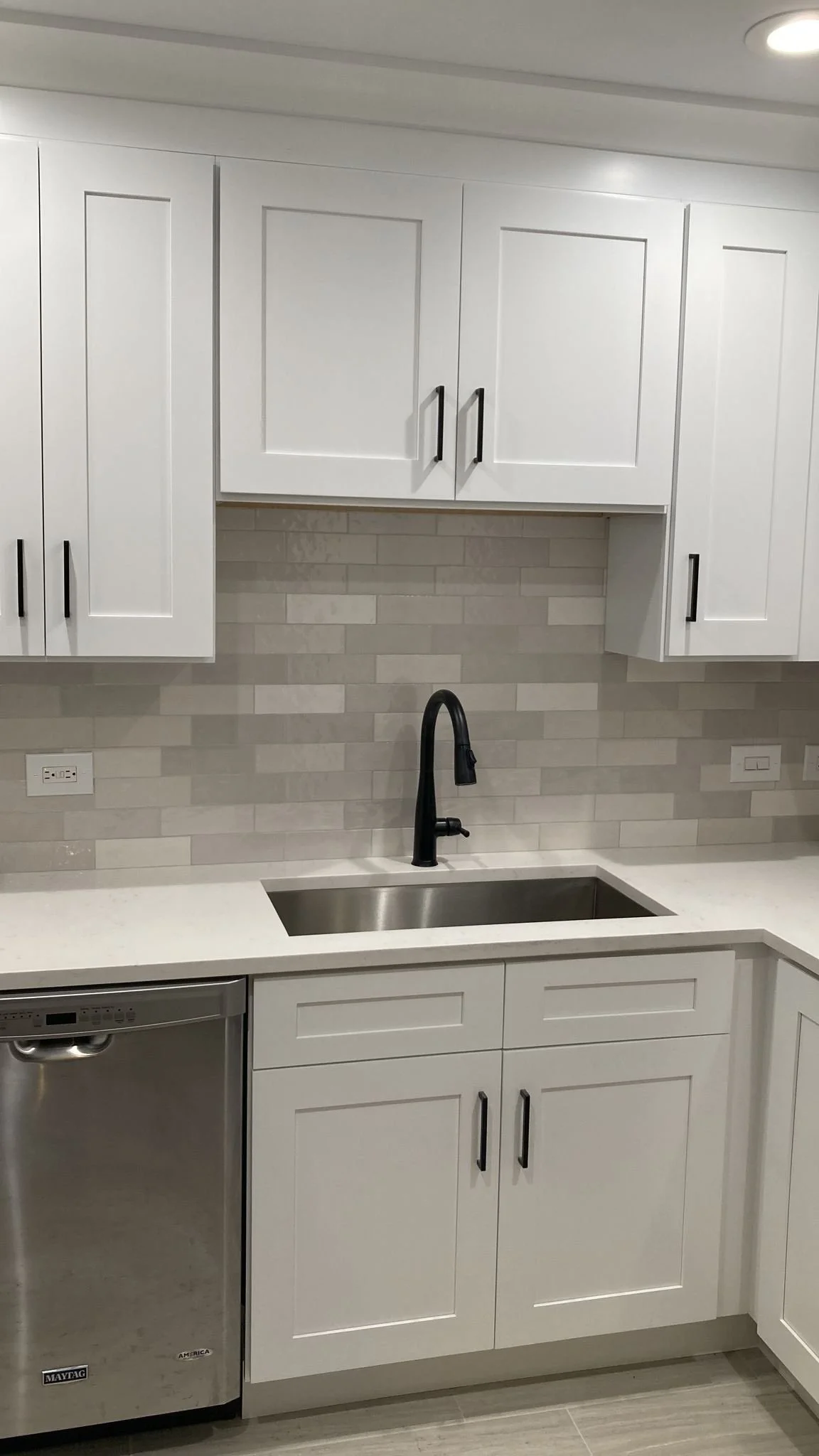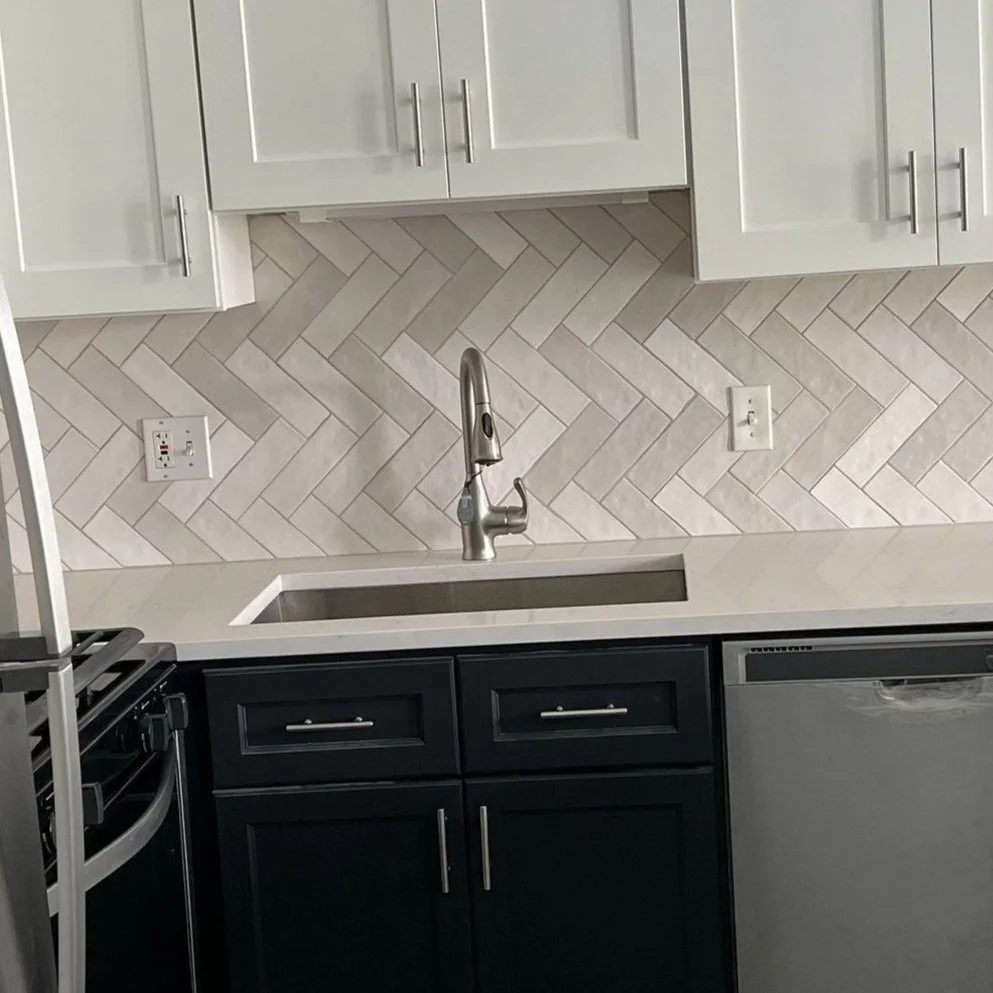I CAN'T CHANGE MY TILE LIKE I CAN MY PAINT - HOW DO I PICK SOMETHING THAT'S GOING TO SURVIVE THE TRENDS?
When it comes to home decor, one of the biggest dilemmas homeowners face is selecting materials that will stand the test of time. While it's easy to repaint a room every few years to keep up with the latest trends, changing tile can be costly and time- consuming. So how do you pick a tile that will survive the trends and continue to look great for years to come? Here are some tips to help you make a smart choice.
1- Choose Classic Timeless Shapes and Colors
If you want your tile to remain timeless, stick with classic shapes and colors. Avoid trendy shapes and colors currently popular, as these can quickly become dated. White subway tile, for example, has been popular for over a century and remains a timeless choice. Similarly, black and white hexagonal tile has been used in homes for decades and never goes out of style. When choosing a tile, you want to select one that will look beautiful and stylish for years. Here are some tips for choosing timeless tiles:
• Stick with classic colors: White, gray, black, and natural stone colors like beige and brown are always in style. They're versatile, timeless, and will never go out of fashion.
• Choose simple shapes: Basic tile shapes like squares, rectangles, and hexagons are classic and won't date your space. Complex patterns and shapes may go out of style quickly, so it's best to avoid them if you want something timeless.
• Consider natural materials: Natural materials like marble, slate, and limestone are beautiful, durable, and timeless. They have been used for centuries and will continue to be popular for years.
• Look for quality: A well-made tile will last decades, so it's worth investing in quality. Choose a tile that's durable, easy to clean, and will withstand wear and tear.
• Keep it simple: When in doubt, keep it simple. A simple, clean design will always look elegant and timeless. Avoid trends that may look dated in a few years.
• Don't be afraid to mix and match: Mixing and matching tiles can create a timeless look. Try pairing a classic subway tile with a natural stone mosaic to create a beautiful and unique pattern.
2- Consider the Surrounding Materials
When choosing tile, it's important to consider the other materials in the room. For example, if you have natural wood cabinets in your kitchen, you may want to choose a tile that complements the warmth of the wood. Similarly, if you have a modern bathroom with sleek fixtures, you may want to choose a tile with clean lines and a minimalist design.
3- Think About the Function of The Space
The function of the space should also play a role in your tile selection. If you're tiling ahigh-traffic area like a kitchen or entryway, choose a durable tile that can withstand heavy foot traffic. In the bathroom, look for a water-resistant tile that is easy to clean.
4- Stick to A Budget
Tiles can be expensive, so sticking to a budget is important. While it's tempting to splurge on the latest trendy tile, remember that you may want to replace it in a few years when the trend has passed. Instead, look for high-quality, classic tile that is within your budget.
5- Seek Professional Advice
If you're still unsure which tile to choose, seek professional advice. An interior designer or tile specialist can help you select the perfect tile for your space, considering your style, budget, and the surrounding materials.
Conclusion
In conclusion, selecting a tile that will survive the trends is all about choosing classic shapes and colors, considering the surrounding materials, thinking about the function of the space, sticking to a budget, and seeking professional advice. With these tips, you can select a tile that will look great for years. At Mila's Construction, we pride ourselves on providing top-quality tiling services that exceed our customers' expectations. Our experienced professionals work closely with our clients to ensure that every project is tailored to their unique needs and vision. Contact us today to experience Mila's Construction difference.



